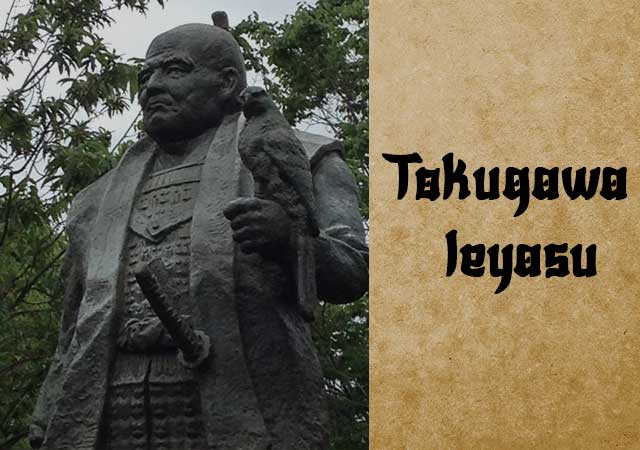
Tokugawa Ieyasu, the inaugural Tokugawa Shogun and the third of Japan's Three Great Unifiers, was born on January 31, 1543, at Okazaki Castle in Aichi Prefecture. In his youth, Ieyasu was entrusted as a hostage to the Imagawa clan by his father, Matsudaira Hidetada, who sought their aid in the struggle against the Oda. The Matsudaira clan found themselves sandwiched between the Oda to the west and the Imagawa to the northeast, sparking debate among their leaders regarding which rival warlord to align with. Ultimately, Hidetada opted to support the larger and stronger Imagawa faction.
During the journey to the Imagawa stronghold at Suruga, the convoy was misled by a renegade retainer of the Matsudaira clan to the camp of their adversary, Oda Nobuhide. Despite Nobuhide offering terms of peace under challenging conditions, Hidetada refused, even at the peril of his son's life. Consequently, Ieyasu was confined to Nobuhide's castle, where he possibly encountered Nobuhide's son, Nobunaga, and endured hardships at a temple in Nagoya. Subsequently, when the Imagawa attacked Anjo Castle and seized Oda Nobuhide's son three years later, Ieyasu was handed over to the Imagawa as part of the exchange.
Ieyasu participated in the pivotal 1560 clash between the Imagawa Yoshimoto and the Oda Nobunaga at Okehazama, where a mere 2,500 Oda samurai routed the massive army of 25,000 Imagawa soldiers. During this battle, Ieyasu, tasked with delivering supplies to Odaka Castle, found himself liberated from the grasp of the Imagawa clan following the demise of Imagawa Yoshimoto. Upon his return to Okazaki Castle, Ieyasu formed an alliance with Oda Nobunaga, who indirectly facilitated his newfound freedom.
In 1573, Ieyasu faced a dire situation when the Takeda clan launched an assault on his northern Totomi provinces during the Battle of Mikatagahara. However, four years later, with the support of Oda Nobunaga, he exacted vengeance by crushing the Takeda forces at the Battle of Nagashino. Subsequently, following Nobunaga's demise, Ieyasu clashed with Hideyoshi at the Battle of Komaki Nagakute in 1584, though their relationship would later ameliorate.
As Hideyoshi lay on his deathbed in 1598 after governing a unified nation for nearly 15 years, he summoned the 56-year-old Ieyasu and entrusted him with leading the council of regents responsible for overseeing his five-year-old son and designated heir, Toyotomi Hideyori.
Ieyasu willingly accepted the responsibility and, following the demise of the Taiko, or 'Great Chancellor' Hideyoshi, he assumed control from the opulent Fushimi Castle. Without delay, he initiated maneuvers to consolidate his authority over the nation. His assertive actions drew the criticism of many of his peers, leading to a division of the nation into two opposing factions: the east and the west. The confrontation between these formidable armies occurred on October 21, 1600, at the modest plain of Sekigahara, a crucial juncture where the Tokaido and Nakasendo highways intersected, marking the gateway between the country's dividing mountains. The outcome of this monumental battle favored Ieyasu, solidifying his position as the victor in what would be remembered as the largest, most intense, and decisive conflict in samurai history.
Three years following the Battle of Sekigahara, Ieyasu ascended to the esteemed title of Shogun, initiating a dynasty that would govern Japan for the subsequent 260 years.
Later records from Ieyasu's life indicate that he stood approximately 156.5cm tall. While he was slender in his youth, he gradually grew in size as he aged, with a waist circumference ranging from 100 to 120cm. Records of order forms for split toe tabi socks reveal his foot size to be 22.7cm. His inner leg measured about 80cm, with the length from knee to foot being 35cm. Hand prints suggest his hands spanned 18cm from the base of the palm to the fingertips. (Interestingly, his left hand displayed a single straight line across the palm, a trait palm readers often associate with greatness.) In times of stress, he was known to bite his nails, particularly those of his left little finger, sometimes causing them to bleed.
Ieyasu enjoyed outdoor activities such as hawking and swimming, maintaining an active lifestyle. He frequently swam in the moats of Edo Castle and later in Sumpu's moat. Despite his high rank, he preferred modest meals over lavish ones and showed a keen interest in health and fitness, studying medicinal practices. He often provided medical advice to his retainers and fellow daimyo.
Ieyasu passed away at the age of 73, a notable longevity in an era when the average lifespan was around 50 years. Legend has it that he died after eating tempura while falconing at Tanaka Castle in Shizuoka. However, modern researchers speculate that the oils from the tempura may have aggravated Ieyasu's stomach cancer, contributing to his demise.
His body rests atop Kunouzan near the Kunouzan Toshogu in Shizuoka, while his spirit is honored at the splendid Toshogu shrine in Nikko.
See also
-
Yagyu Munenori
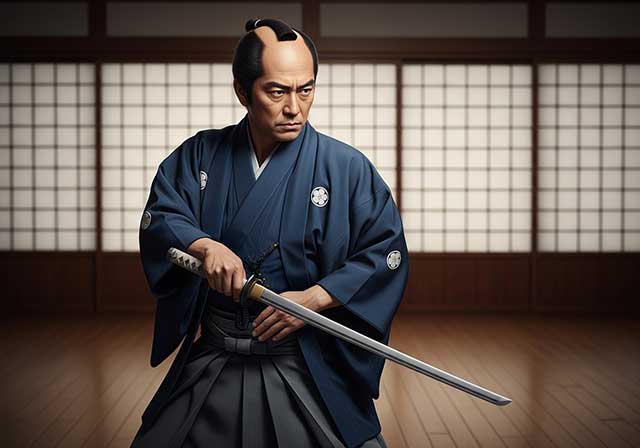
Yagyū Munenori began his service under Tokugawa Ieyasu while his father, Yagyū Muneyoshi, was still at his side. In 1600, Munenori took part in the decisive Battle of Sekigahara. As early as 1601, he was appointed a kenjutsu instructor to Tokugawa Hidetada, Ieyasu’s son, who later became the second shogun of the Tokugawa clan.
-
Yagyu Muneyoshi
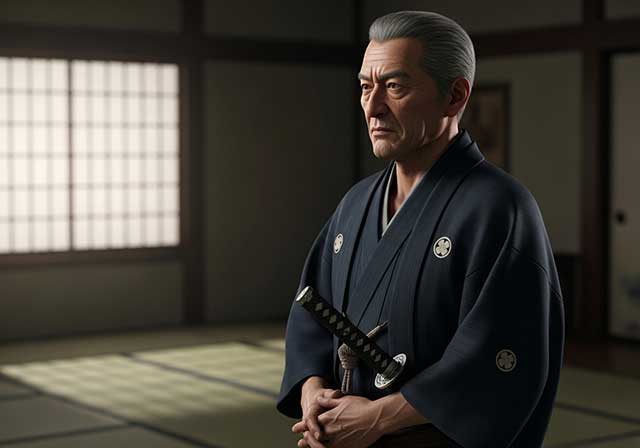
A samurai from Yamato Province, he was born into a family that had been defeated in its struggle against the Tsutsui clan. Muneyoshi first took part in battle at the age of sixteen. Due to circumstances beyond his control, he was forced to enter the service of the Tsutsui house and later served Miyoshi Tōkei. He subsequently came under the command of Matsunaga Hisahide and in time became a vassal first of Oda and later of Toyotomi.
-
Endo Naozune
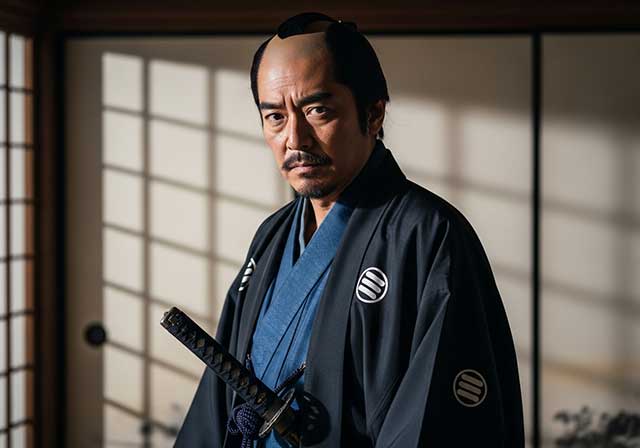
Naozune served under Azai Nagamasa and was one of the clan’s leading vassals, renowned for his bravery and determination. He accompanied Nagamasa during his first meeting with Oda Nobunaga and at that time asked for permission to kill Nobunaga, fearing him as an extremely dangerous man; however, Nagamasa did not grant this request.
-
Hosokawa Sumimoto
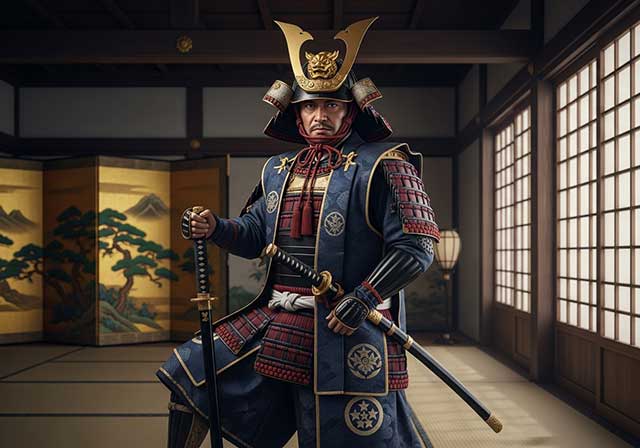
Sumimoto came from the Hosokawa clan: he was the biological son of Hosokawa Yoshiharu and at the same time the adopted son of Hosokawa Masamoto, the heir of Hosokawa Katsumoto, one of the principal instigators of the Ōnin War. Masamoto was homosexual, never married, and had no children of his own. At first he adopted Sumiyuki, a scion of the aristocratic Kujō family, but this choice provoked dissatisfaction and sharp criticism from the senior vassals of the Hosokawa house. As a result, Masamoto changed his decision and proclaimed Sumimoto as his heir, a representative of a collateral branch of the Hosokawa clan that had long been based in Awa Province on the island of Shikoku. Almost immediately after this, the boy became entangled in a complex and bitter web of political intrigue.
-
Honda Masanobu
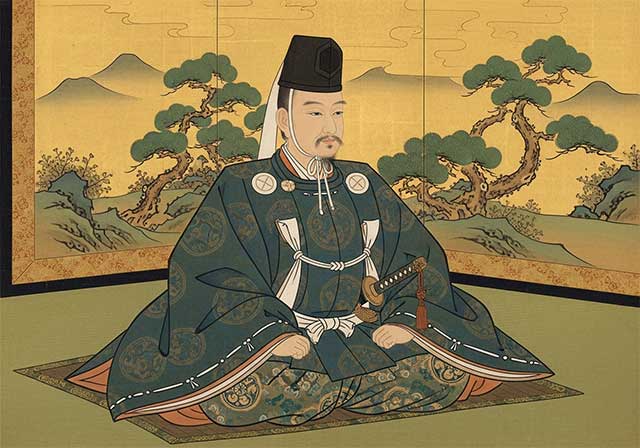
Masanobu initially belonged to the retinue of Tokugawa Ieyasu, but later entered the service of Sakai Shōgen, a daimyo and priest from Ueno. This shift automatically made him an enemy of Ieyasu, who was engaged in conflict with the Ikkō-ikki movement in Mikawa Province. After the Ikkō-ikki were defeated in 1564, Masanobu was forced to flee, but in time he returned and once again entered Ieyasu’s service. He did not gain fame as a military commander due to a wound sustained in his youth; nevertheless, over the following fifty years he consistently remained loyal to Ieyasu.
-
Honda Masazumi
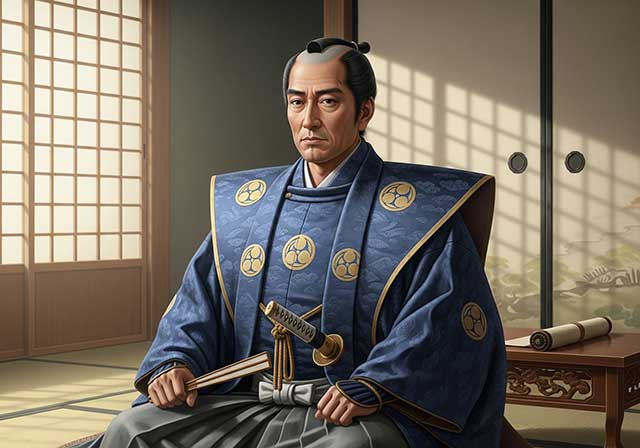
Masazumi was the eldest son of Honda Masanobu. From a young age, he served Tokugawa Ieyasu alongside his father, taking part in the affairs of the Tokugawa house and gradually gaining experience in both military and administrative matters. At the decisive Battle of Sekigahara in 1600, Masazumi was part of the core Tokugawa forces, a clear sign of the high level of trust Ieyasu placed in him. After the campaign ended, he was given a highly sensitive assignment—serving in the guard of the defeated Ishida Mitsunari, one of Tokugawa’s principal enemies—an obligation that required exceptional reliability and caution.
-
Hojo Shigetoki
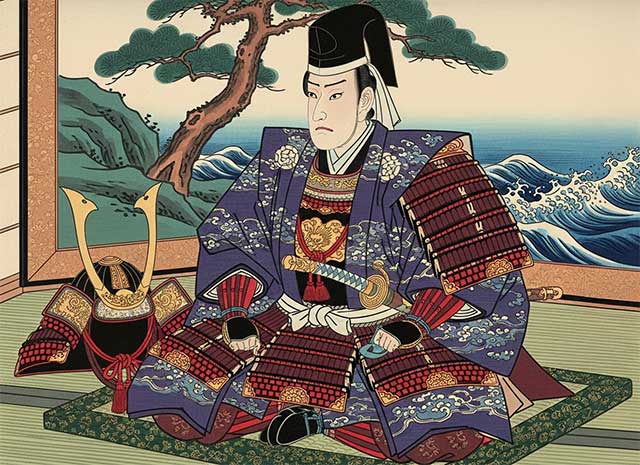
Hōjō Shigetoki, the third son of Hōjō Yoshitoki, was still very young—only five years old—when his grandfather Tokimasa became the first member of the Hōjō clan to assume the position of shogunal regent.
-
Hojo Masako
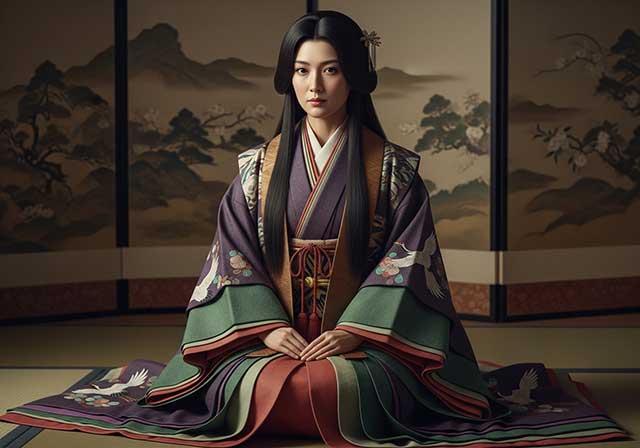
Masako was one of the most influential and powerful political figures of the era of military rule in Japan. She was the daughter of Hōjō Tokimasa and the wife of Minamoto no Yoritomo.

